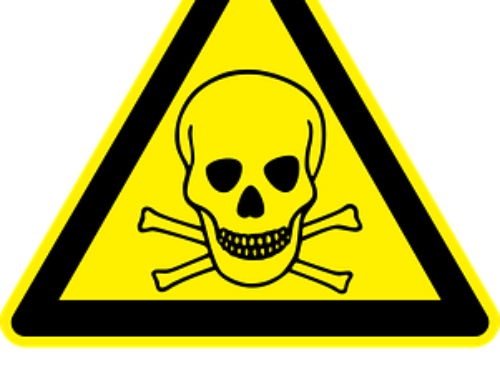The Agency for Toxic Substances and Disease Registry released a draft Toxicological Profile for perfluoroalkyl chemicals in June 2018. Perfluoroalkyl compounds have been used extensively in surface coating and protectant formulations for paper and cardboard packaging products, carpets, leather products, and textiles. Perfluoroalkyls have also been used as processing aids in the manufacture of fluoropolymers such as Teflon nonstick coatings on cookware.
Perfluoroalkyls are human-made substances that do not occur naturally in the environment. They have been detected in air, water, and soil in and around fluorochemical manufacturing facilities. Because of their chemical structure, perfluoroalkyls are very stable in the environment and are resistant to biodegradation. Perfluoroalkyls have been detected in all environmental media including air, surface water, groundwater (including drinking water), soil, and food.
Human exposure may occur from all these media. The major exposure pathways are oral exposure resulting from migration of these chemicals from paper packaging and wrappings into food, general food and water ingestion, inhalation from chemical-impregnated clothes, and dust ingestion. Perfluoroalkyls have been detected in adult human blood, breast milk, and umbilical cord blood.
Epidemiology studies have evaluated possible associations between perfluoroalkyl exposure and a wide range of adverse human health outcomes including the following:
- Pregnancy-induced hypertension/pre-eclampsia
- Liver damage, as evidenced by increases in serum enzymes and decreases in serum bilirubin levels
- Increases in serum lipids, particularly total cholesterol and low-density lipoprotein (LDL) cholesterol
- Increased risk of thyroid disease
- Decreased antibody response to vaccines
- Increased risk of asthma diagnosis
- Increased risk of decreased fertility
- Small decreases in birth weight
The International Agency for Research on Cancer concluded that PFOA is possibly carcinogenic to humans and EPA concluded that there was suggestive evidence of the carcinogenic potential of these chemicals in humans. Increases in testicular and kidney cancer have been observed in highly exposed humans, mostly in occupational settings.
Much more information can be found in the full Toxicological Profile which can be found at https://www.atsdr.cdc.gov/toxprofiles/tp200.pdf. If you have any questions about this topic, please contact me.





